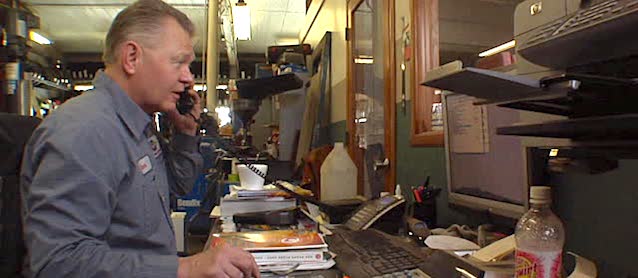When it comes to pricing jobs over the phone, we all know there are only three ways a call can go: (1) It’s a straightforward project for which the price is set, (2) There are so many factors involved that you can’t possibly give a price without seeing the vehicle first, or (3) The request is a bit complicated, but you could probably give the customer a rough idea of what it will cost.
The first two scenarios are cut and dry. But the third can get dicey if you or your customer use the terms quote, estimate or ballpark figure incorrectly.
Most of you know this, but here’s a refresher on how they differ:
Quote — A firm price that is guaranteed not to change within the immediate future. If unanticipated work is required to finish the job, the auto upholstery shop eats the cost.
Most quotes are written, but in some cases can be given over the phone. Shops should only provide quotes for straightforward projects where it’s highly unlikely that unforeseen circumstances could arise. For example, recovering a Dodge Caravan headliner.
Estimate — A projection for how much a job should cost. It’s understood that the shop will do its best to keep the cost as close to this projection as possible, but it could potentially increase.
Most estimates are pretty accurate. Shops should give them when they’re familiar with the work required, but can’t see all the factors involved. Hidden problems like missing hardware and broken components are the reason estimates are usually better than quotes.
Ballpark Figure —A wide price range that gives customers a rough idea of what a total project could potentially cost, from the very low end to the high end.
There’s no accuracy involved in ballpark figures, especially since they’re usually given sight unseen. However, shops find them useful in separating telephone shoppers from buyers. For instance, a ballpark of $1K – $2K could dissuade someone with a budget of only $500.
To successfully use any of these terms over the phone, you have to be very clear with customers about what they mean. For instance: “Listen, I can give you an estimate, but without seeing the car and without taking the seat apart, I can’t promise the price won’t increase. Are you okay with that?”
The terms can even pose problems for walk-in clients, which is why it’s a good idea to hang a sign in your shop that clearly states their definitions. It’s especially helpful when you get that customer – which we’ve all had – who only hears the low-end of the ballpark and wants to hold you to it.
To nip any problems in the bud, I like to remain as transparent as possible about my work throughout the life of a project. For instance, if I give a client an estimate and he accepts, I call him when unforeseen issues arise. I also offer to send photos of what I found or invite him to come see the problem himself. And when the final bill comes, I make sure everything is itemized.
Most customers won’t have any problems with estimates or ballpark figures, so long as you ensure that you’re both on the same page from the start.

I do not blow phone inquiries off.
I do ask follow up questions to box in the job.
One common ask- headliner, Sunroof?, Yes, factory? (there are a bunch of vehicles where sunroofs are rare or only coupled with a “package”… A Camry with fabric and a sunroof? very good chance dealer installed)
“oh, I guess you need to see it?” Terrific.
This does take time, some want a bottom line price, period. On the phone.
’06 Jetta headliner, (actually almost any VW of the last decade)
Intricate, problematic. Folk ask for a range, between x to y, “”but another place is quoting 25% of that…”
Go, and visit them, look at the work in house. If you are comfortable, go forward.
We end up seeing 1/3rd of those. Sometimes after a hack job.
The email requests are a whole other issue, 80% are scam attempts.